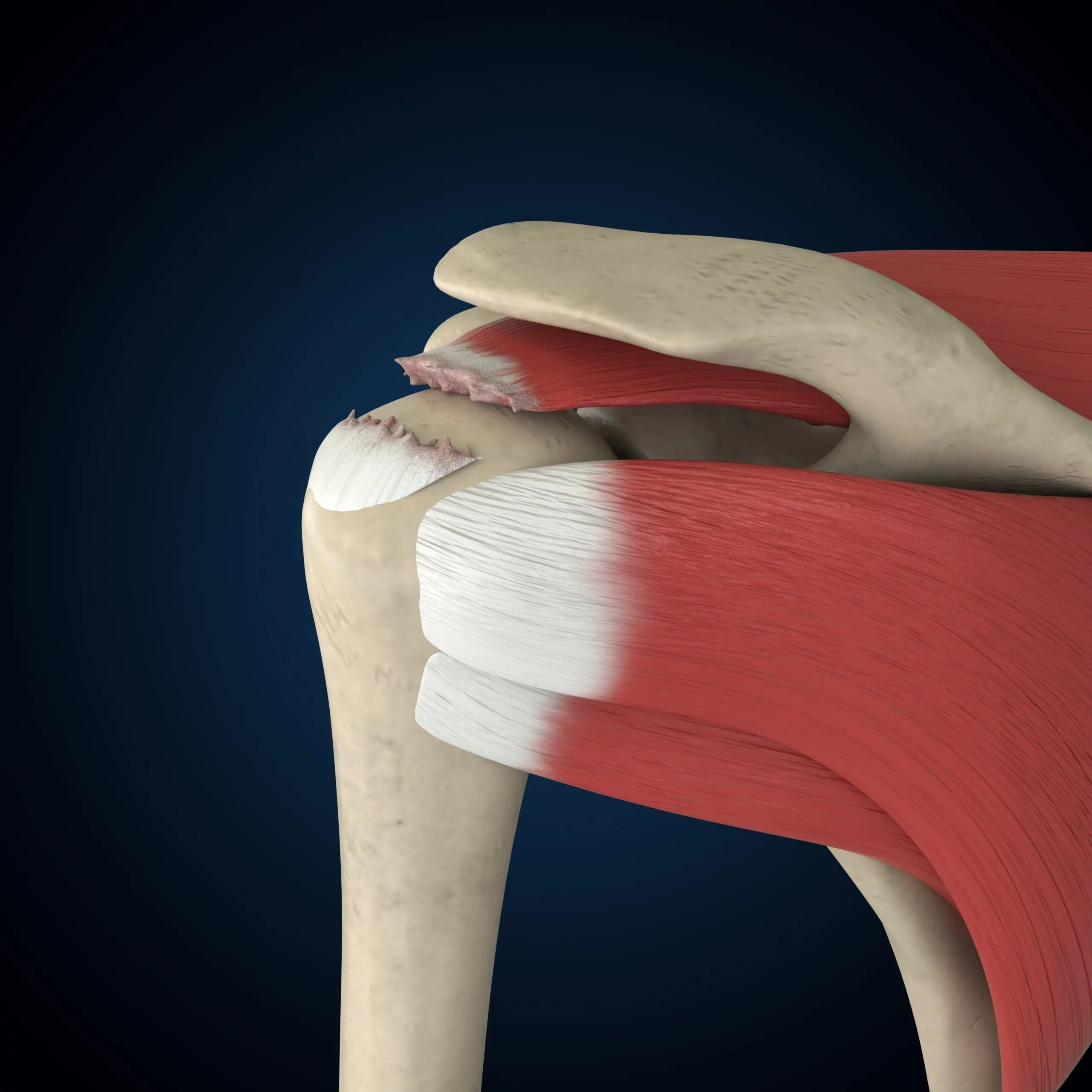
The rotator cuff is a group of four muscles and their tendons that attach to the shoulder blade and wrap around the head of the upper arm bone. These muscles play a critical role in the function of the shoulder joint, providing dynamic stability, rotation, strength, and coordination.
Dynamic stability refers to the ability of the rotator cuff muscles to stabilize the shoulder joint during movement. As the arm moves, the rotator cuff muscles work together to keep the head of the humerus centered in the glenoid fossa of the shoulder blade. This helps to prevent excessive motion and maintain proper alignment of the joint.
Rotation is another important function of the rotator cuff. The muscles of the rotator cuff are responsible for both internal and external rotation of the arm. Internal rotation refers to rotating the arm inward, while external rotation refers to rotating the arm outward. These movements are important for a wide range of activities, from reaching overhead to throwing a ball.
Strength is also a key function of the rotator cuff. The muscles of the rotator cuff are relatively small compared to other muscles in the body, but they are extremely powerful. They work together to generate the force needed to move the arm and resist external forces.
Coordination is another critical function of the rotator cuff. The four muscles of the rotator cuff work together in a coordinated manner to control the movement of the shoulder joint. This requires precise timing and control of muscle activation to ensure that the joint moves smoothly and efficiently.
Injuries to the rotator cuff can be debilitating and often require extensive rehab. Rehabilitation typically involves a combination of exercises to improve strength, flexibility, and coordination. Strengthening exercises may include resistance training, such as using weights or resistance bands, while flexibility exercises may include stretching or range-of-motion exercises. Coordination exercises may involve specific movements designed to improve the timing and control of muscle activation.
In conclusion, the rotator cuff plays a critical role in the function of the shoulder joint. Its functions include dynamic stability, rotation, strength, and coordination. Injuries to the rotator cuff can be serious, but with proper rehab, most people are able to recover and return to their normal activities.
